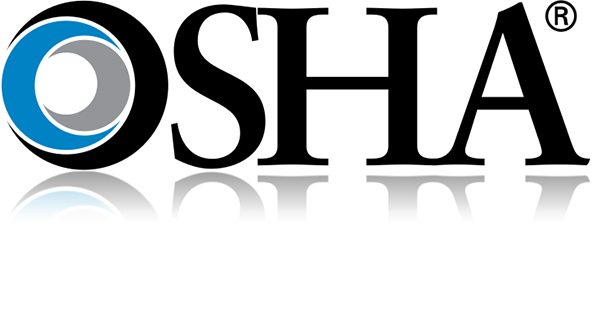In a presentation before the Society for Chemical Hazard Communication (SCHC) spring meeting earlier this month, representatives from OSHA clarified that chemical blenders and distributors seeking relief from OSHA’s June 1, 2015 classification deadline — because they have not received data from their upstream vendors — could be out of luck if they have not already made documented attempts to obtain that information.
This new disclosure occurred in a program entitled “Preparing for the June 1, 2015 – HazCom 2012 Update” featuring Maureen Ruskin, Office Director of the Office of Chemical Hazards (OCHM) in the Directorate of Standards and Guidance for OSHA, and Sven Rundman, Supervisory Industrial Hygienist with OSHA’s Directorate of Enforcement programs.
The June 1 deadline requires manufacturers and distributors to reclassify their chemicals and produce GHS-formatted safety data sheets and labels by that date. The deadline has caused issues for some downstream chemical blenders and repackagers of chemicals that rely on upstream manufacturers for hazard information. In 2014, a vocal coalition of industry groups petitioned OSHA to relax the deadline; OSHA responded with steps companies could take to show a “good faith” effort to comply with the deadline and possibly avoid a citation.
At the SCHC meeting, the OSHA presenters emphasized that the key for chemical blenders and distributors seeking relief from the deadline is written documentation, both up and down the supply chain, and added that companies who have not yet begun to document their attempts to reach out to suppliers for classification data may have missed the window for mitigating or avoiding OSHA citations. They stressed that to show a “good faith” effort, manufacturers and importers must provide documentation of their substantive efforts to:
- Obtain classification information and SDSs from upstream suppliers;
- Demonstrate attempts to obtain the necessary SDSs through both oral and written communication with the supplier
- Maintain dated copies of all communication upstream and downstream
- Provide a clear timeline downstream of when the SDSs will be made available
- Find hazard information from alternative sources (e.g., chemical registries); and/or
- “Make an effort” to classify the chemical themselves, using the universe of sources available
The representatives said OSHA will be reviewing and considering a body of information when making a judgment call regarding citations and fines, including:
- The process used to gather the necessary classification information from its upstream suppliers and the status of such efforts;
- Efforts to find hazard information from alternative sources (e.g., chemical registries);
- The presence of a written account of continued dialogue with its upstream suppliers , including dated copies of all relevant written communication with its upstream suppliers;
- A written account of dialogue with distributors, including dated copies of all written communication with its distributors regarding why it has been unable to comply with HCS 2012;
- A written course of action to make the necessary changes to SDSs and labels
The OSHA representatives at the SCHC meeting said that OSHA inspectors were already receiving training on how to enforce these points specifically.
In a February 9, 2015 memorandum OSHA had stipulated that during an inspection or investigation, CHSOs would take into account a chemical manufacturer’s efforts to comply with HCS 2012, including reaching out to obtain required classification information and/or SDSs from upstream suppliers. The memorandum implied that if this had been done — and documented — an OSHA citation would likely not be issued.
The OSHA representatives present at the SCHC meeting said explicitly that it will handle each inspection on a case-by-case basis; however, if the first date that chemical manufacturers have documented as reaching out to suppliers is mid-March, 2015, then they are probably going to face challenges in obtaining an exemption. OSHA first announced the deadlines back in March 2012, and the new law went into effect in May that same year.
Even if the window has closed for chemical manufacturers and distributors to avoid all consequences, it is imperative that they make an effort as soon as possible to begin the process of obtaining information and documenting it. OSHA intends to post new letters of interpretation regarding enforcement on its website soon. Check back with the MSDSonline EH&S Blog for continued updates as this issue develops.
For information on resources MSDSonline can provide around these and other compliance issues, you can visit our Resources page here.







